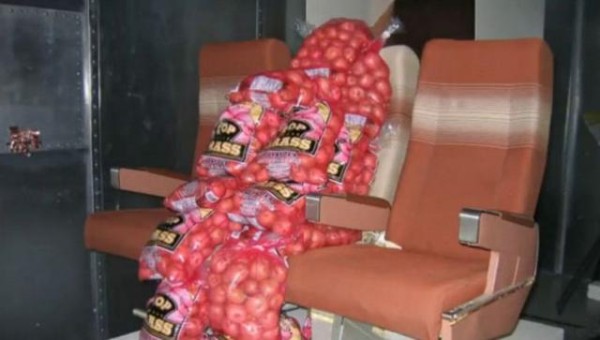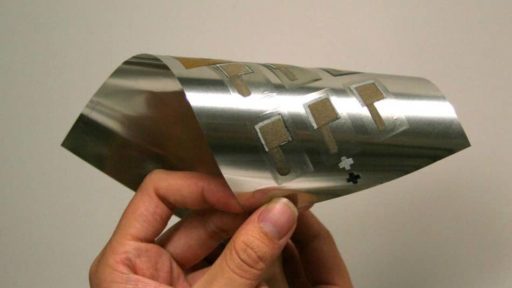Chicago-based airplane manufacturer Boeing has built some of the world’s most sophisticated and complicated aircrafts on Earth. Now the company is getting creative in its effort to test airplane’s Wi-Fi systems – using sacks of potatoes.
Boeing says the company has developed a new method for measuring and analyzing wireless signals inside airplanes which is a technological “breakthrough” that promises to improve the quality of wireless internet connectivity in passenger cabins. Instead of placing passengers on a decommissioned plane’s seats, Boeing gathered 20,000 pounds of potatoes, packed those in sacks and placed those on the plane’s seats as human replica to test the airplane’s Wi-Fi.
Through this experiment Boeing found that Wi-Fi signals was able to remain consistent throughout the cabin without interrupting the navigation and communication systems. The Boeing engineers used advanced tools and statistical analysis to figure out precisely where the signals were stronger and weaker, to make adjustments in wireless connectivity without interfering with the airplane’s electrical system. Have a look at the video below.
After the experiment, Boeing engineers have confirmed that it works “perfect” by filling a plane with sacks of potatoes. The testing idea has been dubbed Synthetic Personnel Using Dielectric Substitution, in short SPUDS.
[ttjad keyword=”wireless-router”]




![Read more about the article [Video] A Student Created An Artificial 3D-Printed Flower That Blooms](https://thetechjournal.com/wp-content/uploads/2014/02/Artificial-Flower-512x341.jpg)